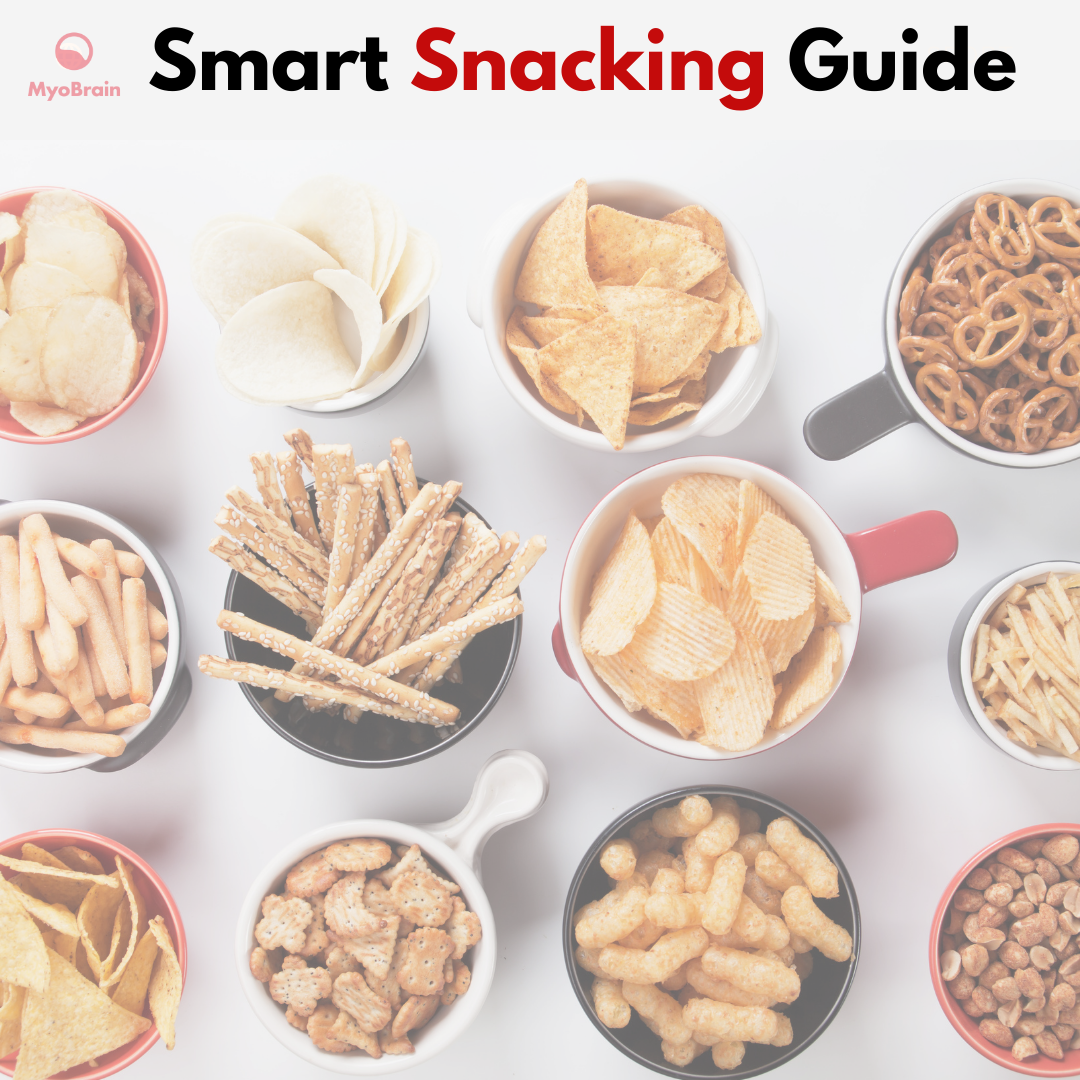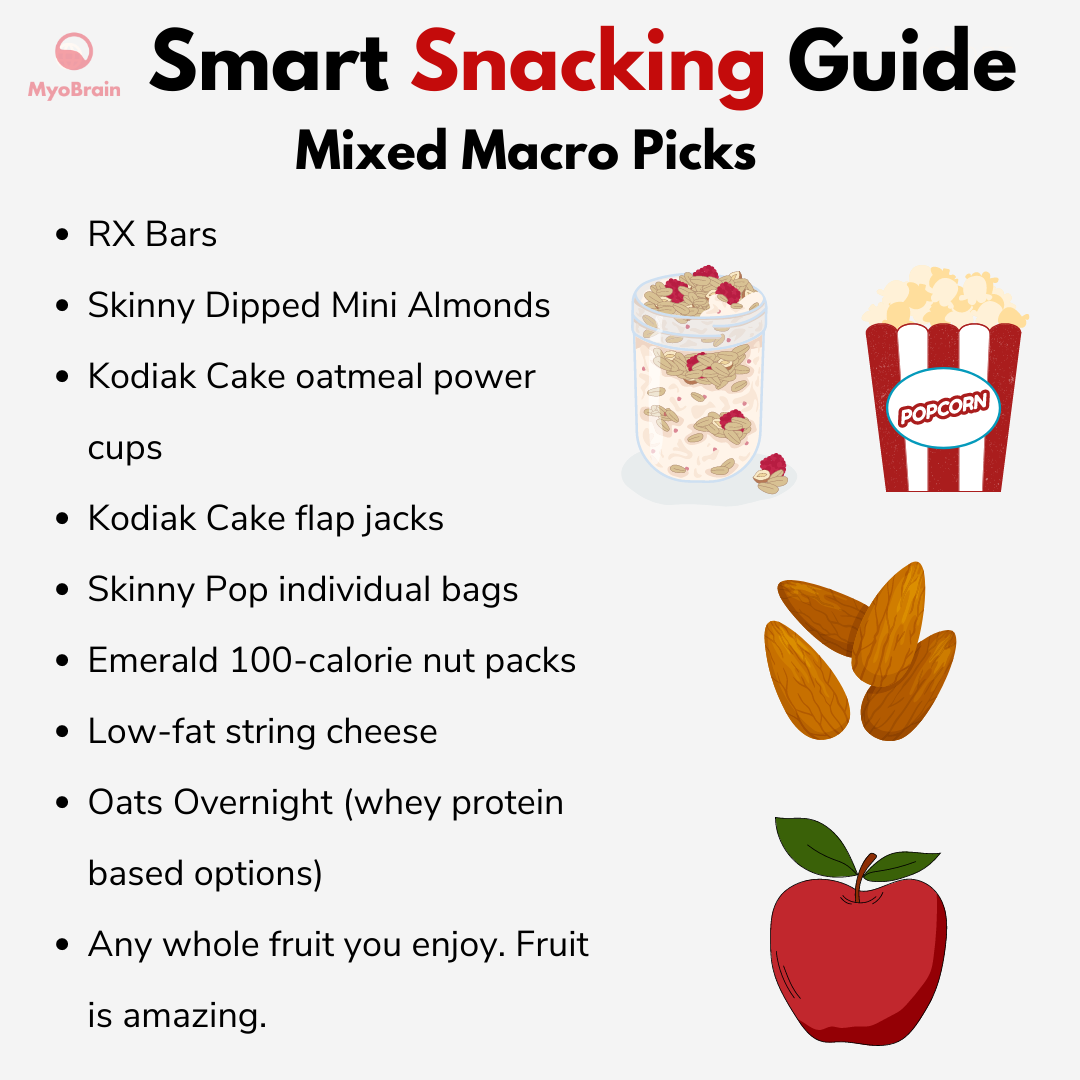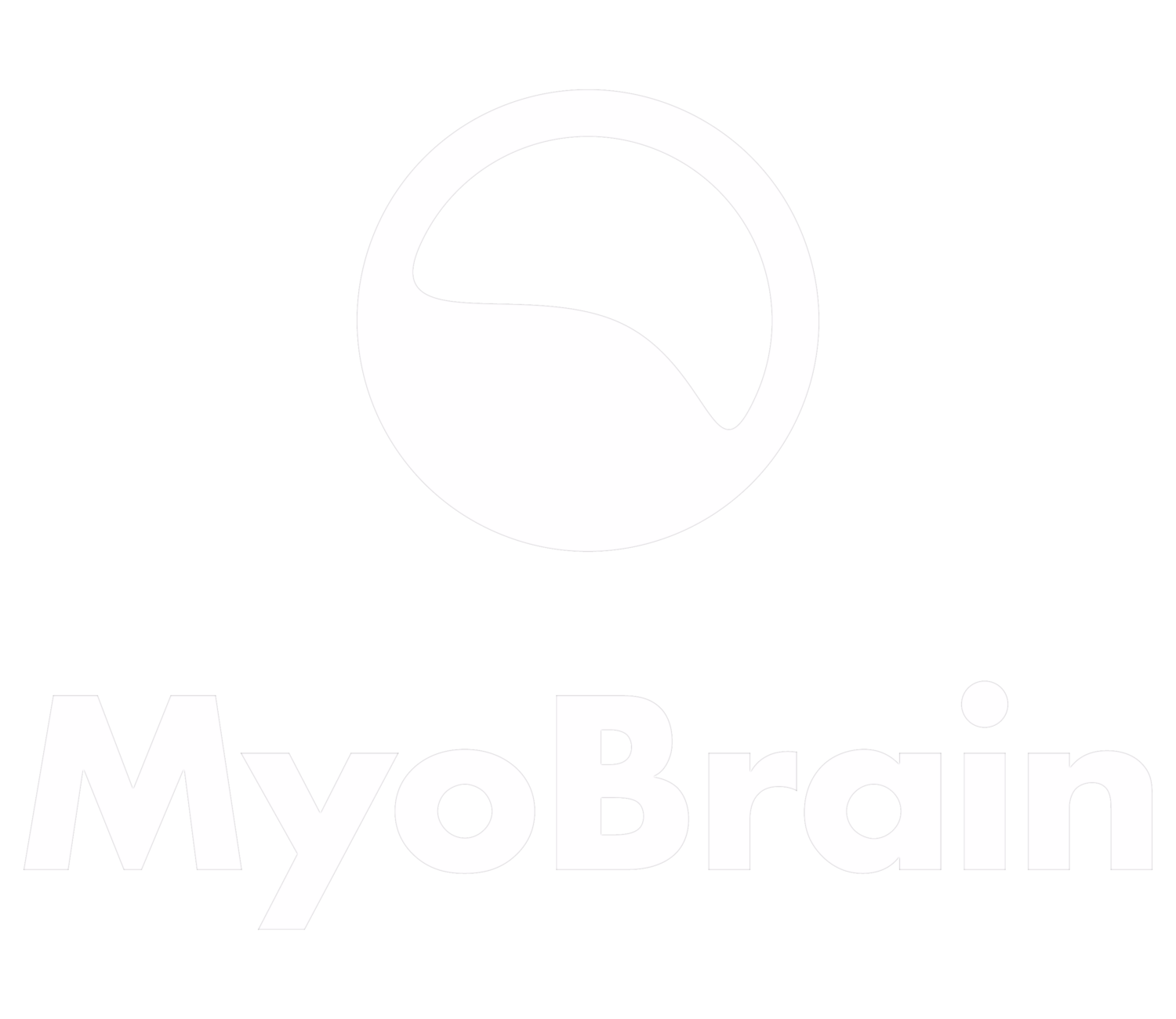Guide to Smart Snacking
Read time: 4-6 minutes
Is Snacking Necessary?
Before we dive into the best and worst ways to go about snacking, it's important to state that snacking is not a mandatory part of a healthy diet. In fact, you’ll likely be able to stay full and control calories better with large meals 3-5 times throughout the day and minimize snacking. Food selection plays a massive role here. Think of your staple foods at breakfast, lunch & dinner. They include eggs, oatmeal, chicken, potatoes, etc. These are all much more filling than items like chips, crackers and even protein bars. So while the idea of snacking isn't bad, because you technically could have a small amount of chicken and broccoli, that's not how it shakes out in practice.
No Snack Sample Day
If your target calorie intake is 2,000 per day, there's nothing wrong with a distribution of:
Breakfast: 400
Lunch: 400
Post-workout meals: 400
Dinner: 800
This would include 4 large meals while leaving slightly more room for dinner. With a minimum calorie intake of 400 at all meals, this could be a great way to feel full and minimize cravings throughout the day.
Sometimes the best way to smart snack is to not snack at all.
What makes a high-quality snack?
If we do choose to snack between major meals, the goal should be to choose something relatively filling. After all, if you're eating between meals it's likely because you feel hungry. Piggy backing off point 1, a simple method can be to increase the quantity of food at the meal before you typically feel the need to snack. This can prevent the hunger from ever ever occurring.
Say if you’re only eating 300 calories for breakfast at 7am and find yourself thinking about snacking at 10am, try adding 100-200 calories to your breakfast meal. This could help push you into lunch where you’ll likely make better whole-food choices.
The two areas we want to focus on for a high-quality snack will be protein and high-fiber carbohydrates. These food items will give us the best fullness per calorie. The conclusion of this article will include 20 different high-quality snacks (scroll down to skip to the goods)
What makes a low-quality snack?
If a high-quality snack provides a high level of fullness, then you guessed it, a low-quality snack will be items that contribute to our daily calorie intake, but provide minimal fullness.
Say it's 3pm and your hunger level is at 7 out of 10. You go to your pantry and eat 3 Oreos. What is your hunger level 5 minutes later? My guess is that it's still a 7. Maybe it's a 6 simply because you gave into an urge. So now you've consumed 160 calories, but haven't meaningfully decreased hunger.
Most of us already know these types of foods, they often combine sugar, fat & salt (more example below.) While this is a tasty trio it's also allows mindless calories to add up quick.
Falling into our large umbrella of flexible dieting, I'm not telling you to never eat these types of foods. Instead, I want to you understand them so you can think about them differently. Here are three ways to consume low-quality snacks intelligently.
Save them for the end of the day.
Say you have 300 calories remaining at 9:00pm and decide to finish off your calories with ice cream. Well, you'll be asleep soon anyways, so there's no harm. You won't feel the urge to eat more later or have to deal with cravings from consuming dense calories. You enjoy the snack, close the book and on to the next day.
Be more diligent about using food scales on these items.
Items like chips & ice cream add up quick. I know conceptually it feels like you only had a "tiny amount" but that could equal hundreds of calories. A small mistake here can have large consequnces. While eating 50% more broccoli than you accounted for may be a 10 calories mistake, eating 50% more ice cream could be a 200 calorie mistake. Even during less strict periods of dieting when I’m not logging food, I’ll always weigh out items like ice cream and peanut butter. My intuition (or my hungry brain) will let me down 9/10 times here.
Select single serving items
Psychologically, it's much easier to limit ourselves to 1 ice cream cone, rather than 1/2 cup of ice cream. When the serving size is small and baked in, it makes moderation much easier. Think of 100 calorie bags of chips/popcorn, ice cream cones/sandwiches and pre-portioned trail mixes. In contrast, stop eating directly from large bags of food. No eating directly from an ice cream carton, large chip bag or even bags of nuts. These foods should always be removed from the large packaging, serve yourself separately and then put the larger container away & out of sight.
You are an adult. If you want more, you can go get more, but don’t make it convenient to over eat.
In the book “Mindless Eating” by Brian Wansink, he discusses a now famous “bottomless soup bowl” experiment. In this super neat experiment, researches attached a large vat of soup to each participants bowl so that it would never get below a certain threshold. Envision eating 50% of your soup, but then it starts to gradually fill up so you can never empty the bowl (see video demo here.) Individuals with the bottomless bowls ended up consuming on average 73% more soup than those with normal bowls.
This shows just how easy to is to mindlessly overeat when we aren’t visually seeing the quantity of food reduce.
It’s not farfetched to see how this would also occur when say eating from a large bag of chips in which you may eat 10% of the bag, but still think there’s 90% remaining.
More low quality snack examples
Chips
Ice cream
Crackers
Candy
Cookies (even the cool looking protein ones)
Trail mix (eaten from a large container)
Greg's Top 20 Snack Ideas
Download here in PDF format
*Some brands will be mentioned based on taste preferences, but we have no financial incentive with any brands listed. #DoWhatYouWant
High Protein (1 through 8)
Fairlife chocolate protein shake (purchase mine from Costco)
Muscle milk chocolate-peanut butter protein shake (common at gas stations)
Mixed macro items (9 through 20)
Oats Overnight (whey protein based options)
Apples
Oranges
Bananas
Strawberries (do you see the trend?)
Bonus: Any whole fruit you enjoy. Fruit is amazing.
Shareable Infographic






